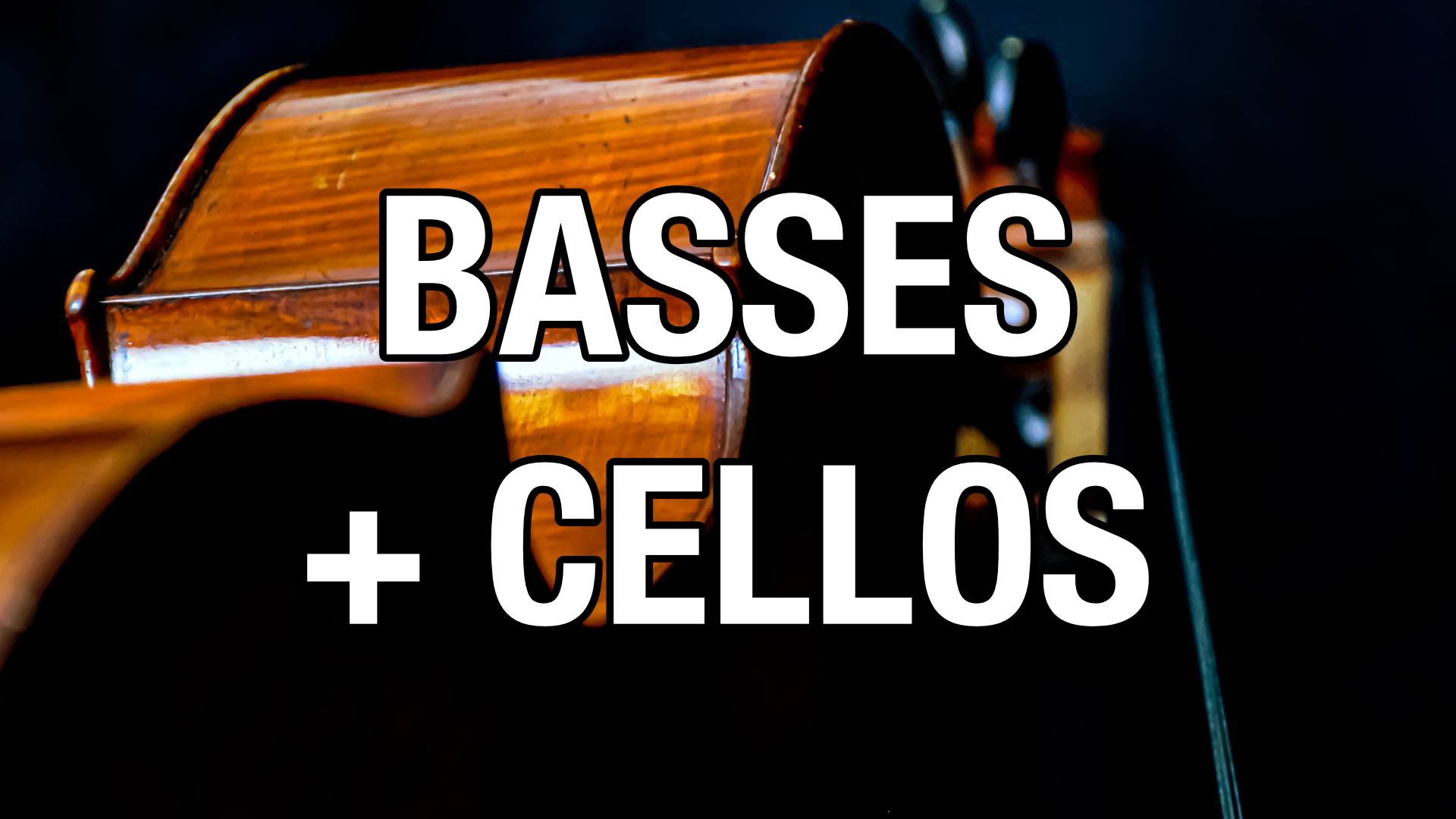 Layering double basses and the cellos in the string section of the orchestra is one of the foundations for a big, bold and clean low end in your orchestral music productions.
Layering double basses and the cellos in the string section of the orchestra is one of the foundations for a big, bold and clean low end in your orchestral music productions.
In fact, if you look at any score where you feel the power of the bass, chances are pretty high that the cellos play exactly the same lines as the basses but 1 octave above.
It is so common that you can think of it as the “default” that the cellos mimic what the basses do (or vice versa if you think from the other perspective).
Now I have come up with a composer trick based on the power of basses and cellos in octaves, which is to record both tracks at the same time.
You can simply set record arm in your DAW on both tracks, plus the track monitoring, and then record the notes plus dynamic curve for both tracks at the same time.
If you want to take this trick to yet another level, you could try what I have experimented with, which is to set the cellos “transpose value” in your DAW to 1 octave below.
Meaning that you could now even take the same note region and copy paste between the basses and cellos, and they would play the same thing, a perfect octave apart.
You could do it the other way (tranpose the basses), which is in fact the norm, meaning the basses will play 1 octave lower than written.
But personally I am currently more attracted to the opposite, simply from the fact that it will give me more space between the notes in the piano roll editor, which makes it easier to separate the bass lines from the rest of the arrangement.
Finally, if you use sample libraries that share the same articulation setup, you can copy/paste or play in real time with specific articulations, and the basses and cellos will mimic each other perfectly from legato to marcato or whatever you have them play.

